Surfing Safety: Staying Safe While Out in the Water
Since almost all of the dangers of surfing lie within those majestic masses of water, there are even more things to remember in order to protect yourself and others after you’ve paddled out with your board.
We already wrote about how to prepare yourself ahead of surfing to avoid any risks, but these tips are ones which should become ingrained and instinctive for every session you have. Instructors and experienced surfers will treat them like commandments, and with good reason.
So if you’re in the early stages of your surfing journey, commit these to your memory and they will go a long way to ensuring you and others’ enjoyment isn’t hampered in any way. Here is a rundown of some of the best safety advice when surfing.
Don’t fall head first
Wipeouts are a guarantee at any level of surfing, we’re at the mercy of the unpredictable ocean afterall. Falling isn’t to be ashamed of, but a bad landing head first could be catastrophic. Always cover your head with your arms when you come off your board, as there’s the chance it could hit you hard, not to mention the surface, sea floor or other people. If you can, try to land feet first or flat, rather than upside down.
Stay attached to your surfboard
You might think this contradicts the previous point, but with a leash you keep your board within reach even after you’ve slipped or been thrust off of it. A stray surfboard can be flung into the path of other people, or back at you, when not attached or under control. And don’t forget one end is rather pointy. So don’t ever discard your board, keep a tight grip of it as much as you can, and hold it by your side when faced when there’s oncoming waves. It will even help you stay afloat if you get into difficulty swimming.
Don’t surf near structures or dangerous rocks
This one doesn’t need much explaining. Everything from piers to sharp pieces of land jutting out from the water is a potential collision that could be tragic, particularly as currents can be even stronger around permanent structures. Ensure you are well away from anything you want to avoid hitting, even if it means staying out of the water completely if the tide is looking rough.
Take care with surfboard fins
The most hazardous thing in a surfer’s arsenal is probably the fins attached to the underside of the surfboard, which are often reported to have lacerated parts of the body due their hard edges hitting at high speed. Not all fins are like this, rubber fins for beginners pose no real risk, while hard edged fins can be blunted slightly with sandpaper. We sell a wide range of fins from renowned manufacturer Shapers, and can help you pick the best ones for you with advice on being as safe as possible.
Obey the unwritten rules
In surfing there exists an almost sacred code which centres around respect, courtesy and communication. It’s known sometimes as surf etiquette and it boils down to common manners manifesting themselves in how you conduct yourself in the water which ultimately is about preventing people from getting hurt through collisions and striving for everyone to have as enjoyable a time as possible. Good etiquette includes paddling wide when entering the water, to avoid heading directly into the line-up and disrupting it, or “snaking” and “dropping in” on someone who has priority over you on a wave, essentially stealing their moment.
Behaviour like this will only rub experienced surfers up the wrong way, and so if you do make a mistake (and everyone does) then owning up and apologising goes a long way. Your attitude is as much a part of surfing as your physical ability, and over time you’ll come to have more natural awareness of how to be in the water. Most of all, the importance of learning from others can’t be overstated. Take lessons, talk to seasoned pros, ask questions, and you’ll gain a wealth of knowledge to ensure you stay safe so long as you listen.


















